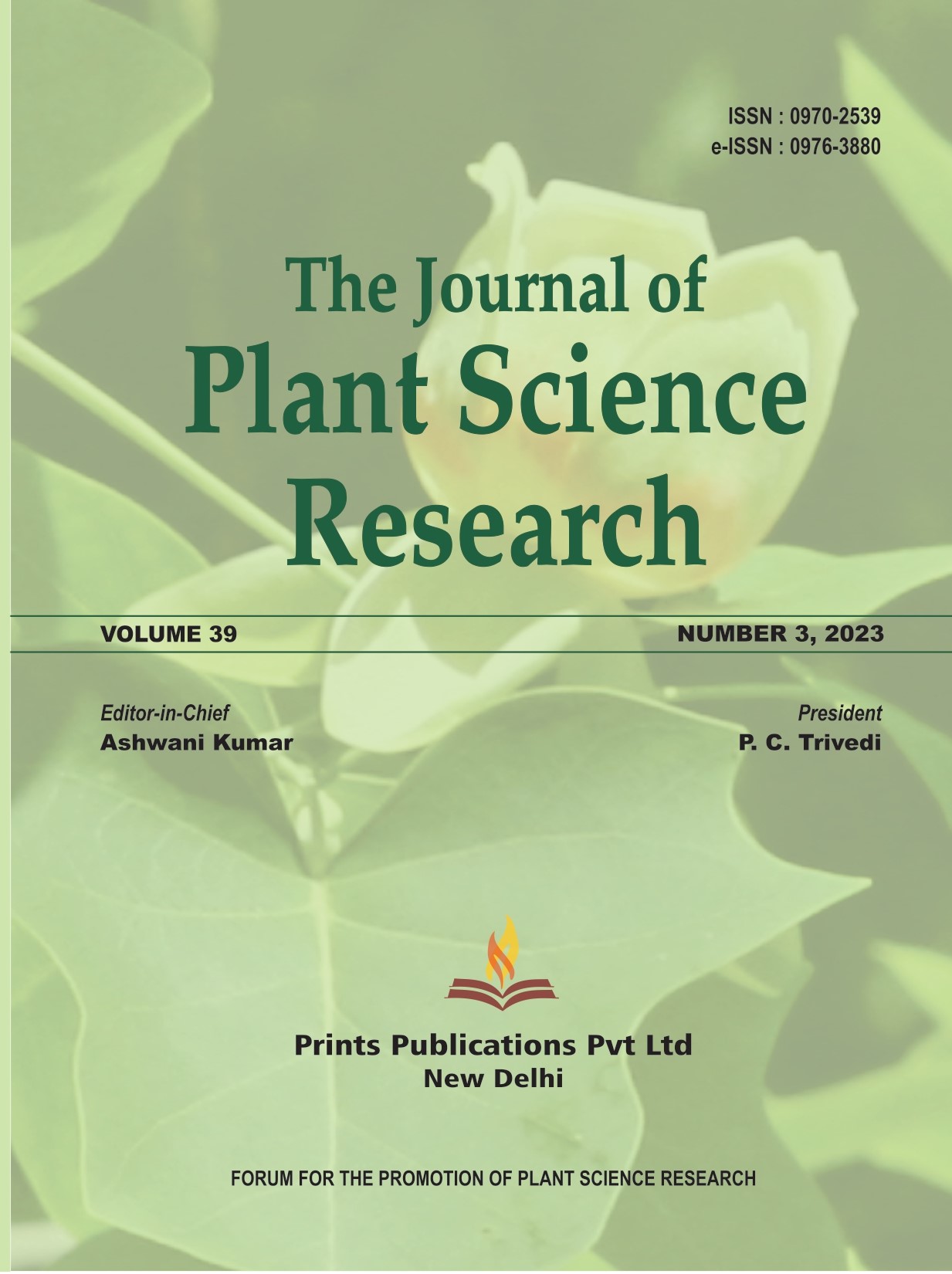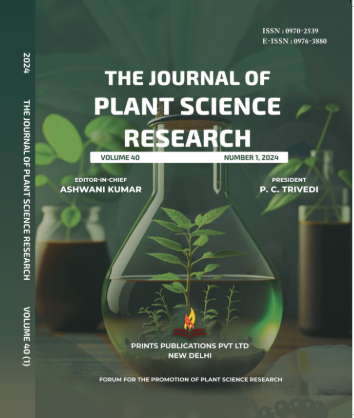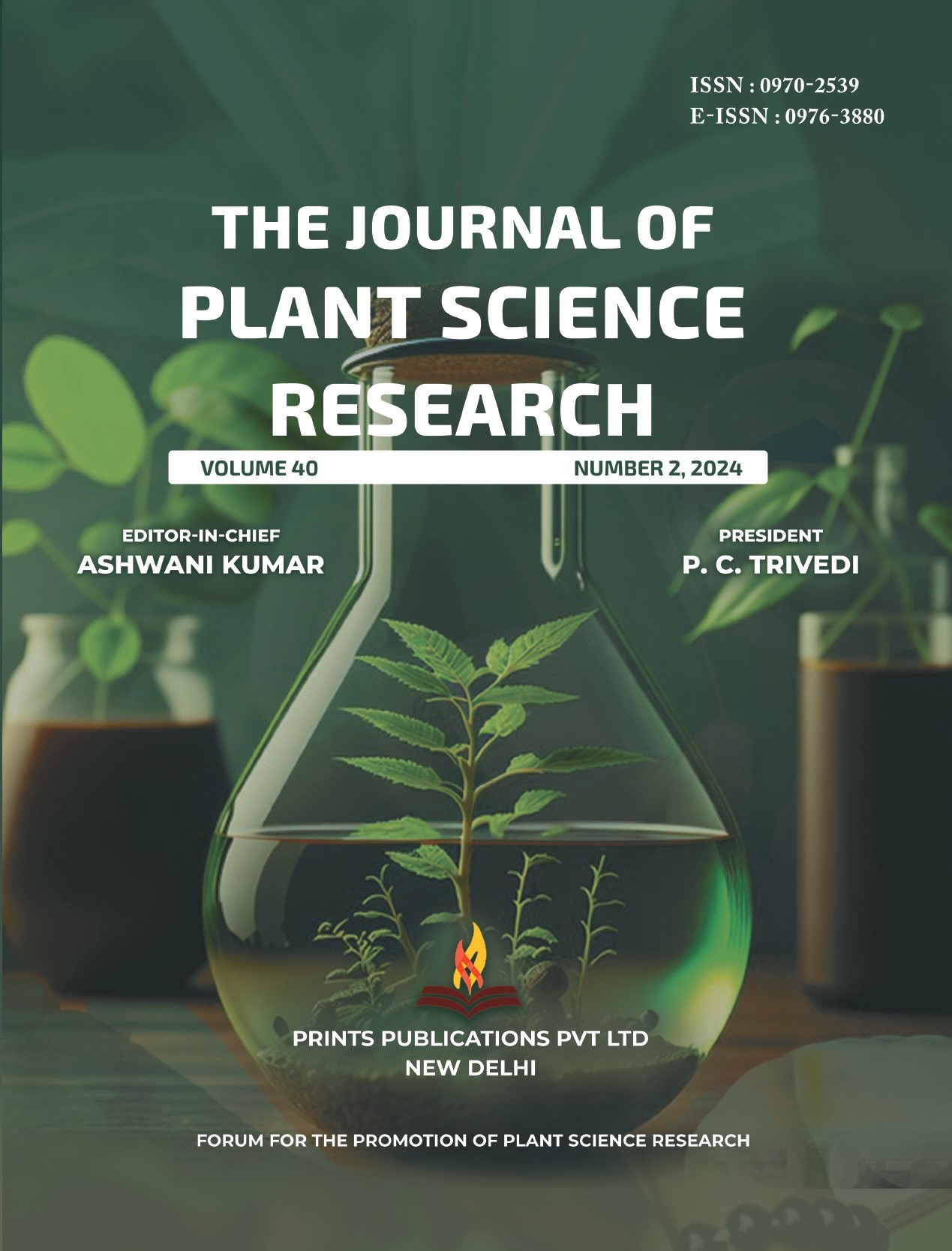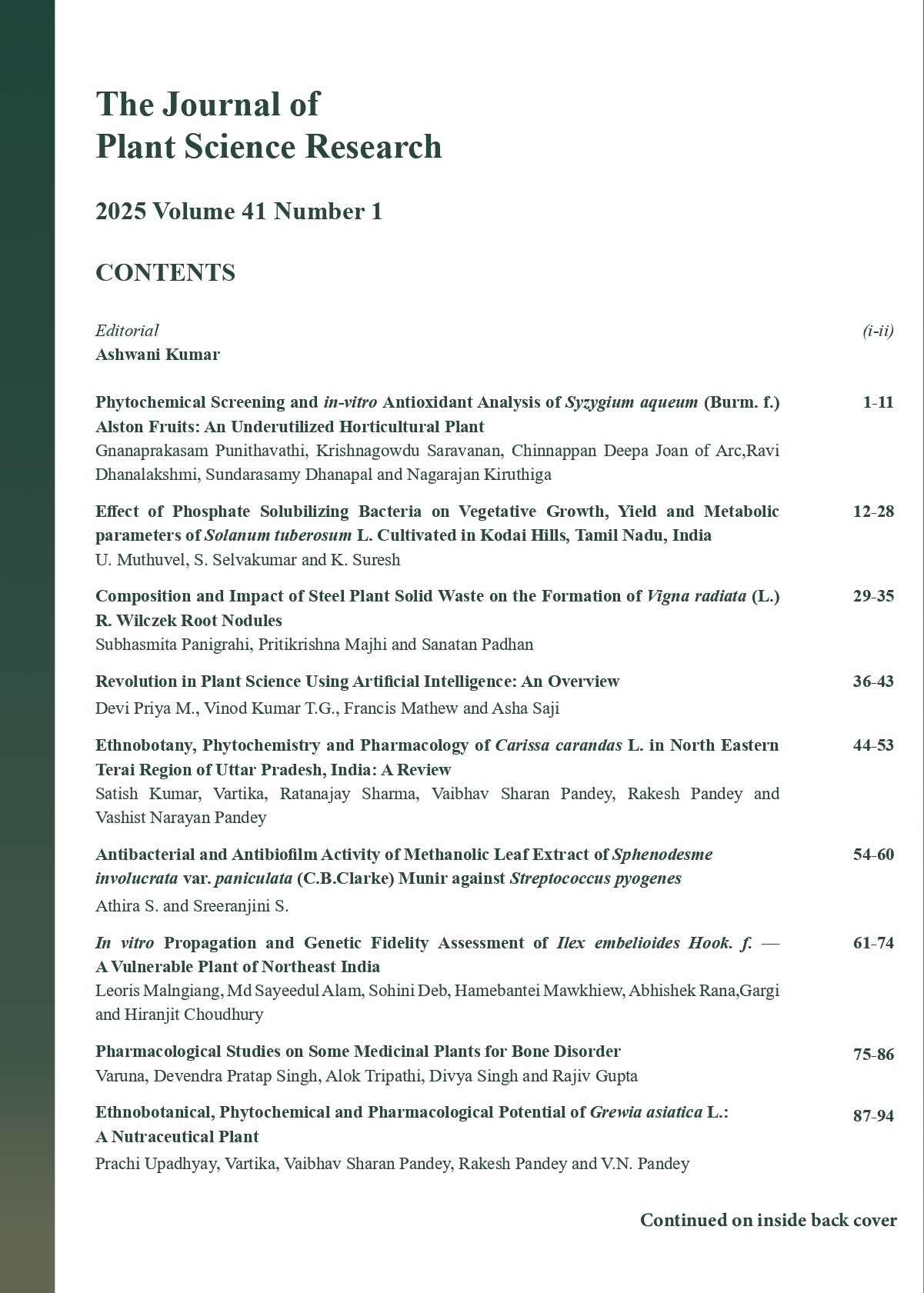The Journal of Plant Science Research - A UGC Care-Listed Journal
Published in Association with Forum For the Promotion of Plant Science Research
Current Volume: 41 (2025 )
ISSN: 0970-2539
e-ISSN: 0976-3880
Periodicity: Tri-annual
Month(s) of Publication: April, August & December
Subject: Botany
DOI: 10.32381/JPSR
Online Access is Free for Life Member
Plant-derived Bioactive Compounds Targeting MMP-9 for Treatment of Endometrial Carcinoma: An In silico Study
By : Farnaz Nabiya, Anchana Devi Chenniappan, Rajamiriyam Marichamy
Page No: 701-715
Abstract
Endometrial cancer, also called uterine cancer, is the second most common and fourth leading cause of death among gynecological problems in the world. Matrix metalloproteinase-9 (MMP-9) has been found to play an important role in the formation and metastases of endometrial cancer. Thus, this study investigates the naturally anti-inflammatory compounds available from plant sources that can target the MMP-9 by various in silico approaches. The target 1L6J (Crystal structure of human matrix metalloproteinase-9) structure was retrieved from the PDB database. Five plant compounds were selected based on Lipinski’s rule of five using the PubChem database. The pharmacokinetics, ADMET properties, and biological activity of these compounds were predicted computationally using databases such as SWISS-ADME, pkCSM, and PASS. Comparative analysis of the bioactive compounds with the target was performed by AutoDock 4.2.6. The target residues interacting with the compounds were visualized in a 2D manner using LigPlot v.2.2. Based on the docking results, the compounds namely lupeol, ß amyrin, ursolic acid, kaempferol, and quercetin exhibited binding energy value of -10.68 kcal/mol, -9.4 kcal/mol, -9.02 kcal/mol, -8.72 kcal/mol and -8.45 kcal/mol respectively; whereas the control drug, Megestrol acetate showed -8.84 kcal/mol kcal thus, indicating that few of the selected compounds were seen to have better binding energy comparative to the control drug. We conclude that lupeol, ß amyrin, and ursolic acid can be potent inhibitors of target MMP-9 with the least side effects. Therefore, by in vitro and in vivo studies, these compounds can be effectively explored to evaluate the level of toxicity and efficacy to develop more effective treatments for endometrial carcinoma.
Authors :
Farnaz Nabiya, Anchana Devi Chenniappan and Rajamiriyam Marichamy
P. G. and Research Department of Biotechnology, Women’s Christian College, Affiliated to University of Madras, Chennai, Tamil Nadu, India.
DOI: https://doi.org/10.32381/JPSR.2022.38.02.24






